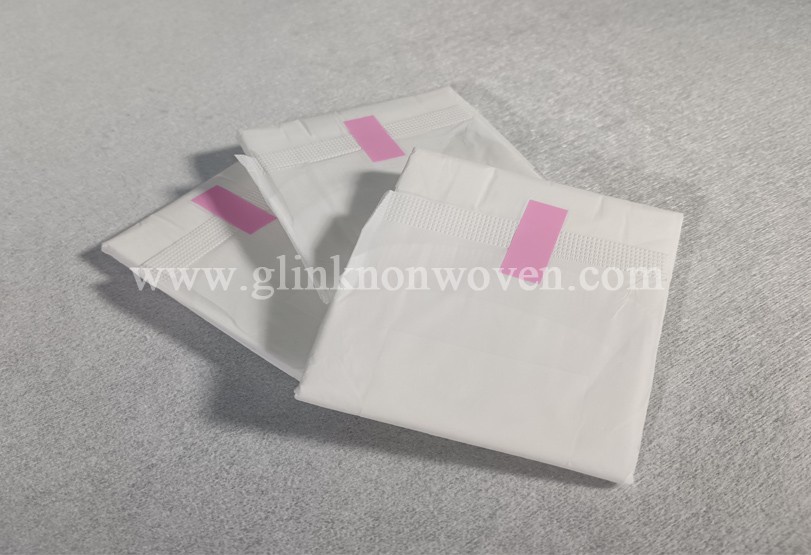How should women choose sanitary napkins?
Dec 31, 2024
Choosing the right sanitary napkins (or sanitary pads) depends on several factors, such as your flow, comfort preferences, and any sensitivity you may have. Here's a step-by-step guide to help you choose the best sanitary napkin for your needs:
1.Determine Your Flow Type
Light Flow: If you have a light period, opt for light flow or panty liners. These are thinner and provide less absorption but are perfect for spotting or lighter days.
Medium Flow: For regular days, choose a regular absorbency napkin. These are usually thicker than light flow pads and are designed for moderate bleeding.
Heavy Flow: For heavy days, go for super or overnight pads. These are larger, often longer, and provide more absorbency to prevent leaks.
Very Heavy Flow: If your flow is extremely heavy, consider ultra-absorbent pads or those with wings for extra leakage protection.
2. Consider the Length and Size
Daytime: Regular-sized pads are sufficient for daytime use, but make sure the pad length and width fit comfortably to your body shape.
Overnight/Heavy Flow: For nighttime or heavier flow days, choose longer pads for better coverage and protection against leaks, especially at night.
Short or Long-Lasting Pads: Pads come in a variety of lengths, so you may prefer longer pads for better coverage or shorter ones for more discreetness.
3. Look for Extra Features
Wings: Pads with wings can help keep the pad in place and prevent side leaks. They're ideal for heavier flows and more active lifestyles.
Non-Winged: Some prefer non-winged pads for ease of use or because they feel more comfortable, especially in lighter flow situations.
Ultra-Thin Pads: If you're looking for more comfort or discretion, ultra-thin pads offer a slim design while still being absorbent enough for a regular or heavy flow.
Softness: Choose pads that are made of soft, breathable materials like cotton if you have sensitive skin or prefer a natural feel.
4. Material & Skin Sensitivity
If you have sensitive skin, look for pads that are hypoallergenic and made from breathable materials like cotton or organic cotton. Some pads may have fragrances, but if you're sensitive to scents, it's better to choose fragrance-free pads.
Biodegradable Pads: If you're environmentally conscious, there are eco-friendly pads made from organic cotton or biodegradable materials, which are a great sustainable option.
5. Absorbency & Thickness
The absorbency level is crucial for comfort and leakage prevention. Choose a pad based on your typical menstrual flow:
Regular pads are ideal for normal flow days.
Super pads for heavy days or overnight use.
Ultra pads for the heaviest flow or maximum protection.
Thinner pads are generally more comfortable for lighter flows, but thicker pads provide more security for heavy flow or overnight.
6. Choose Between Disposable or Reusable Pads
Disposable Pads are more commonly used, convenient, and available in a range of absorbency levels and materials.
Reusable Pads are a sustainable alternative, made from fabric and designed to be washed after each use. They tend to be softer and better for the environment, but they require more maintenance.
7. Personal Comfort and Preference
Breathability: Some pads have breathable covers, which prevent heat buildup and help with comfort, especially on hot days.
Adhesive Quality: A strong adhesive on the back of the pad is crucial to ensure it stays in place throughout the day.
8. Try Different Brands
Different brands may vary in how they feel and perform, so it can be worth trying different options to find the one that feels most comfortable and works best for your flow and lifestyle.
9. Look for Specialized Options (if needed)
Postpartum Pads: If you're recovering from childbirth, postpartum pads are extra-large and highly absorbent.
Maternity Pads: These pads are designed to handle heavier flow during the post-birth period.
Menstrual Pads vs. Regular Pads: Menstrual pads are designed for menstruation, while incontinence pads are made for urine leakage. Make sure to choose the right type for your needs.
Read More

